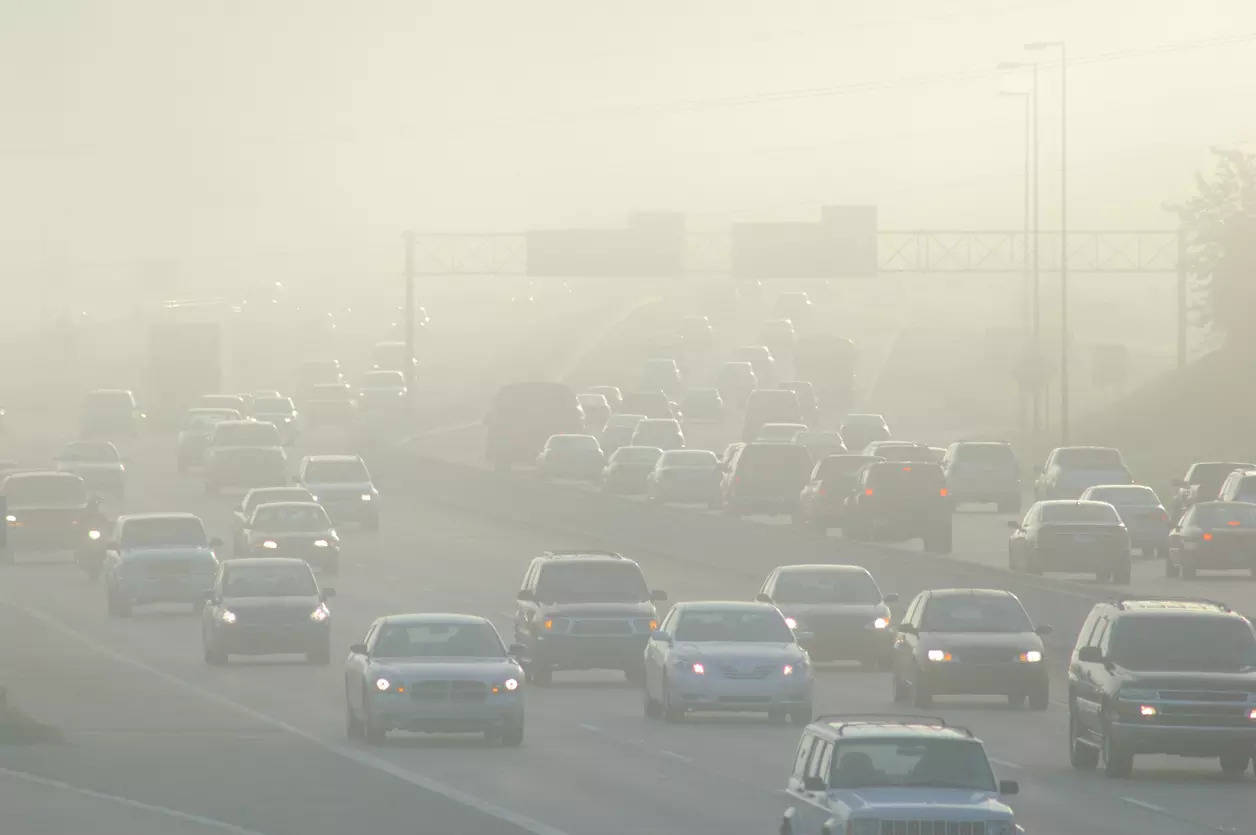
New Delhi: Clean, breathable air is our lifeline, and its quality is intricately linked to the health and well-being of a nation. In Delhi-NCR, the alarming deterioration of air quality due to overbearing construction, seasonal crop burning in nearby states, and vehicular emissions, the latter being the largest contributor amounting to 38% of the overall pollution, is not merely a concern for statisticians and environmentalists. But it is undeniably a crisis that exacts a toll on the health, economy, and sustainability of the region.Despite debates, vehicular pollution remains the leading source of air pollution in India. A report by the Indian Institute of Toxicology Research (IITR) measured levels of respirable suspended particulate matter and fine particulate matter, gases, and traces of lead and nickel from nine monitoring locations across Lucknow. It highlighted the role of automobile emissions. Another report by the Delhi government and IIT Kanpur in November 2023 found that vehicular emissions accounted for about 38% of the capital’s air pollution.
As India grapples with this silent and deadly adversary, it becomes imperative to delve into the profound consequences of neglecting air quality and explore measures to mitigate its impact.
The health toll
The health implications of air pollution are staggering, with India consistently making headlines in the World Air Quality report. According to the World Health Organization (WHO), 22 out of the top 30 most polluted cities globally are in India. Delhi-NCR, in particular, frequently faces severe air quality issues. A 2019 Global Burden of Disease Study estimated that 1.67 million premature deaths in India are linked to air pollution, highlighting the magnitude of the health crisis. We need to understand and face the consequences this will have on current and future generations.
Social inequality: One poignant aspect of air pollution is the unequal distribution of its burden. Low-income communities often find themselves residing in proximity to highways and industrial areas, bearing the brunt of the heaviest consequences. The impact of deteriorating air quality exacerbates existing social inequalities, as marginalized communities suffer disproportionately from the adverse health effects of pollution.
Economic implications: Quantifying the economic cost of neglecting air quality is challenging, yet it is undoubtedly substantial. The encompassing healthcare costs incurred due to pollution-related illnesses and the loss of productivity in the workforce contribute significantly to the economic toll. The price of ignoring air quality reflects not only GDP growth but also hindrance of individual economic potential
Threatening food security: Beyond human health and economic concerns, air pollution directly impacts the environment. Crop yields are adversely affected, posing a threat to long-term food security. As pollutants contaminate the air and soil, the agricultural sector faces challenges that could have far-reaching consequences on the nation’s sustenance.
Stricter enforcement: India has undertaken various initiatives to address air pollution, such as the National Clean Air Programme (NCAP), the Graded Response Action Plan (GRAP), and the implementation of tighter vehicular emission standards (BS6). However, the effectiveness of these policies hinges on stricter enforcement. It is crucial to ensure that these initiatives translate into tangible improvements in air quality through rigorous implementation and monitoring.
Technological Solutions
Addressing air pollution requires a multi-faceted approach. Embracing cleaner technologies is not a mere option but a necessity. The adoption of electric vehicles (EVs), increased reliance on renewable energy sources, sustainable practices in industries, and direct air carbon capture, are imperative. Some of these technologies require big changes and investments over a longer timeframe, but there are actions that different industries, including the automotive sector, can take in the near term to make a big difference. Stringent control of vehicular particle emissions is one – the proliferation of advanced emissions technology across different vehicle types will make a difference in our roads and skies. Simultaneously, public awareness campaigns should demand accountability from industries and policymakers alike.
Transportation conundrum: The bans on older vehicles mainly BS-III petrol and BS-IV diesel four-wheelers during high pollution levels in New Delhi cause inconvenience to commuters in the national capital and to those travelling to or from neighboring cities. While the metro connects to certain parts of Delhi-NCR, the last-mile connectivity is still at a loose end.
Conclusion
The price of neglecting air quality is too high a burden for citizens to bear. Compromised health and lost economic potential should not be the legacy we leave for future generations. Immediate attention, decisive action, and collective responsibility are required to combat the menace of deteriorating air quality in Delhi-NCR and across India. Particularly, tighter vehicular emission controls. It is time to prioritize the well-being of our people, safeguard our environment, and pave the way for a legacy of clean air and sustainable growth.
Then perhaps checking the AQI before we start or end our day won’t be a daily habit like looking at the clock, but a conscious reminder of how good air quality is vital to our health and the economy.
(Disclaimer: Rohit Kataria is senior commercial director, Automotive and Life Sciences, Corning India. Views are personal.)
















